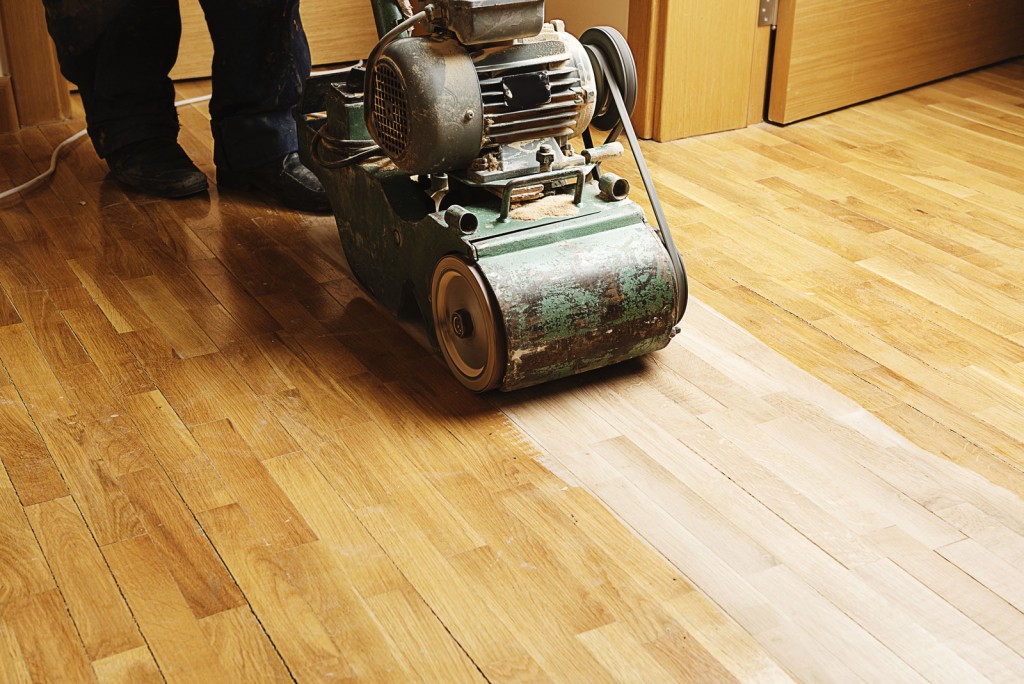What Are the Dangers of Sanding Hardwood Floors Yourself?

From time to time, it’s necessary to remove old finishes from wood floors and apply a new finish. This revitalizes the hardwood and keeps it protected against moisture and other types of damage. Sanding hardwood floors can also help remove scratches. If you’re not careful, though, you can end up making your floor look worse than it was before.
Sanding Marks
One of the biggest risks with homeowners attempting to sand wood floors themselves is leaving behind lasting marks or grooves in the wood. The equipment used for sanding hardwood floors requires a lot of experience to operate correctly; if it’s not perfectly level, the spinning disk can easily cut deep grooves into the wood that are practically impossible to remove.
What’s the solution? Always hire a professional for sanding and refinishing. Hardwood flooring experts use state-of-the-art equipment and know how to get the results you deserve for your floor.
The Wrong Equipment
There are several types of sanders used for wood floors. Some are better at removing finish and others are used for grinding deeper to eliminate gouges and warped areas. Using a sander that is too powerful for your specific type of hardwood can cause holes that anyone can see.
Uneven Floor Tone
Sometimes, the objective when sanding hardwood floors is to change the color of the floor. Changing the tone of a stained floor is very tricky when you’re trying to go from dark to light. It requires sanding to the correct thickness to be able to apply a new stain or finish. This type of job should always be handled by a professional to ensure you get a consistent color throughout the room.
Permanent Damage to the Hardwood
Mistakes made with sanding can completely ruin your floor. Once boards have less than a certain thickness, your only option is to tear them out and replace them. Even just one hole can make you need to replace an entire hardwood floor.
